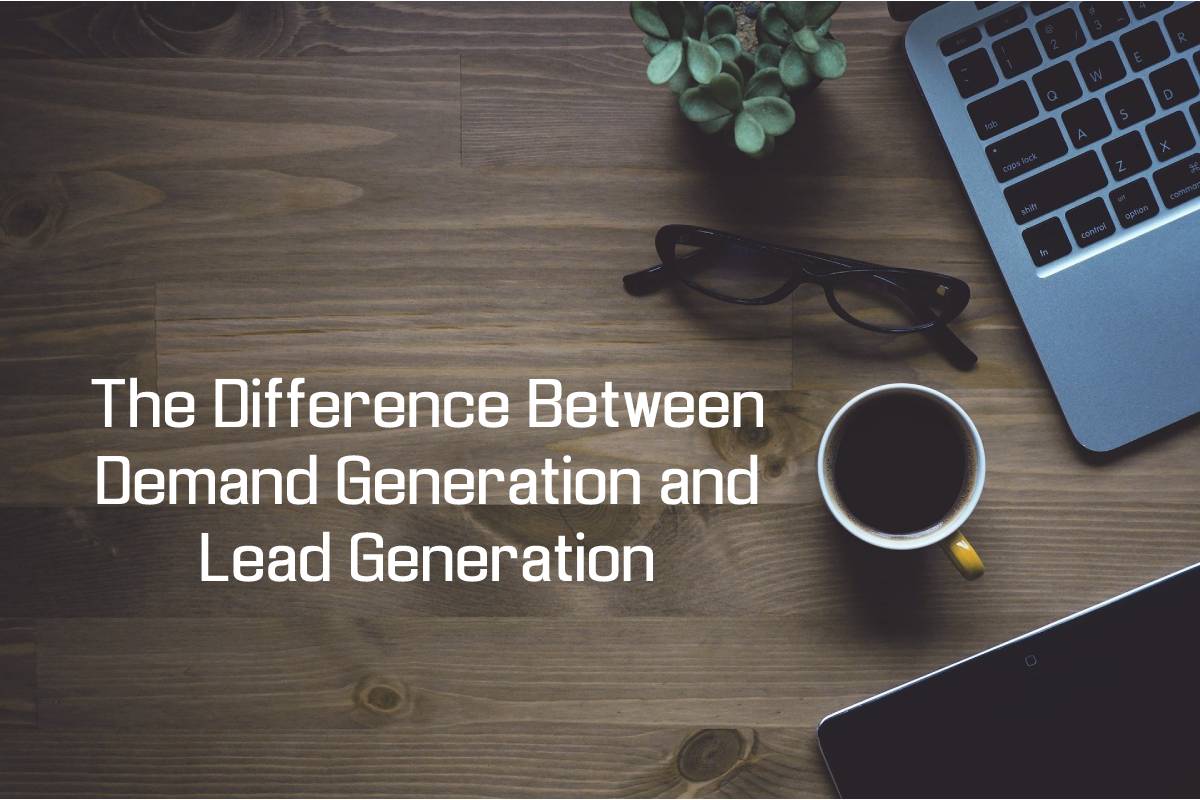The field of content marketing and sales operations encompasses a wide range of concepts and terminology. Having a solid grasp of industry jargon is essential if you want to be taken seriously as an expert in your field of expertise.
The terms “leads” and “demands” are sometimes used interchangeably, which is a problem because they represent two completely different concepts. Any B2B sales executive or sales professional will be familiar with these two terms.
Consider your goals to determine which of these two strategies is most suited to your marketing objectives. Though they differ, this does not mean that they cannot work together.
Table of Contents
What is demand generation?
Demand generation is the process of generating interest in your products or services. There are various factors that can prohibit a requirement from being turned into a purchase, including pricing, a lack of organizational preparation – such as inadequate resources, training, or infrastructure – a lack of executive buy-in, and a host of other considerations.
On the other hand, this demand is a critical component of the ultimate goal of demand generation strategies b2b, which is to produce net new or direct or cross-sell opportunities.
From generating initial prospective interest and leads to nurturing and real success to the first sale and cross-selling, demand generation is critical at every stage of the marketing and sales cycle.
Indeed, demand creation is critical to giving the comprehensive education in the Inbound Marketing Process that is required to build long-term, profitable client relationships.
Suppose you are a B2B sales professional who is new to the concept of lead generation. In that case, it is common for you to experience a transition in your thinking and actions from lead generation to lead generation and revenue generation.
What is lead generation?
Creating qualified or exciting leads for our product or service is a subtype of demand generation; it is the development of leads who are eligible or genuinely interested in our product or service.
Collection of information about specific persons that can be utilized to convert them into sales-ready contacts, pipeline opportunities, and finally, customers is referred to as prospecting.
B2B lead generation programs have a more specific purpose than generic demand programs: they seek to convert focused audiences into a large number of high-quality leads as quickly as possible.
In other words, lead generation is concerned with the performance of the upper funnel, whereas demand generation is concerned with the performance of the entire funnel.
The difference
Creating leads is merely one aspect of the demand creation process. The process of lead creation, on the other hand, is not required as part of the demand generation process.
Demand generation refers to the process of attracting new clients to your products and services through word of mouth. On the other hand, lead generation is the process by which you pick people to convert them into leads and prepare them for the next step of your marketing plan, with the ultimate goal of generating revenue for your company.
There are numerous distinctions between the two groups. Different sorts of content are used in the demand creation process in order to attract buyers to your items. Demand generation creates an issue and then gives a solution within the content itself, which is usually in the form of a video, post, essay, or guide.
Lead generation, on the other hand, frequently employs a different methodology. Lead generation is accomplished through the use of white papers, checklists, and PDFs that are distributed on a regular basis through mailing lists. There are several advantages to using a personal approach, including generating more leads and converting your potential clients into actual customers.
Lead generation is the process through which marketing professionals nurture and grow the existing relationship between the customer and the brand, thereby increasing awareness, loyalty, and the creation of new leads. Demand generation involves both this initial step as well as other techniques that encourage customers to return to your organization.
Both are practical methods that top marketing executives utilize worldwide to increase their effectiveness.
Can there be lead generation without demand generation?
It’s common for inbound marketers and B2B marketing teams to employ lead generation strategies without a demand creation mindset.
Some of these teams have had remarkable success and have been able to routinely surpass their revenue targets by using tactics such as optimizing landing pages, A/B testing form fields, and creating unique, high-quality lead content for their prospects.
However, without the top-down approach used by demand generation methods, B2B marketing teams would be unable to give the kind of support required to ensure that those leads are converted into real value for the company in the form of customers, revenue, and profit.
Demand generation strategies involving lead generation approaches are likely to yield the best outcomes for most B2B sales businesses.

